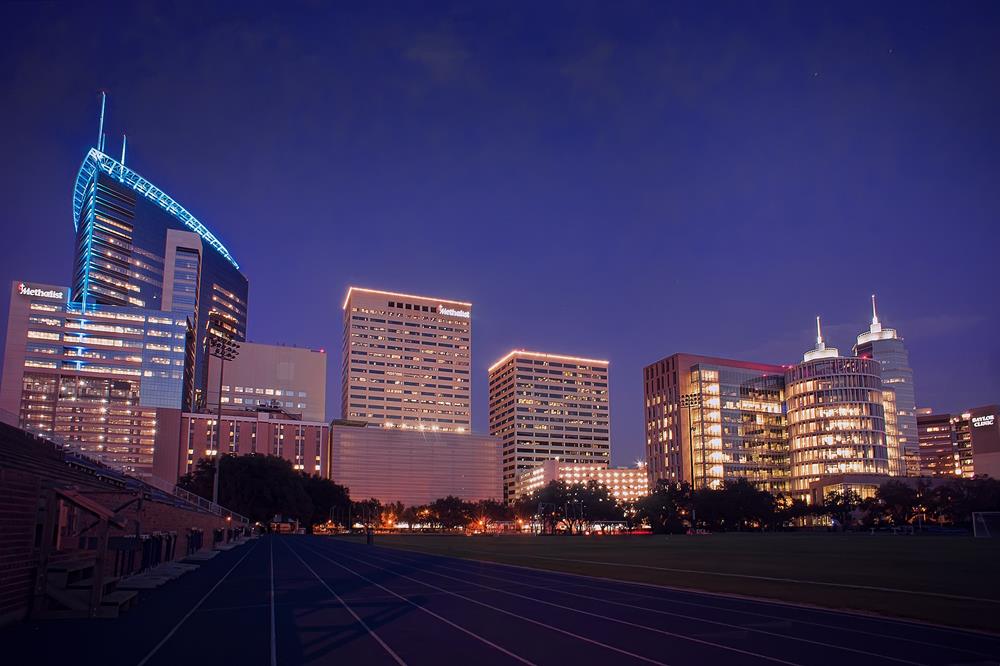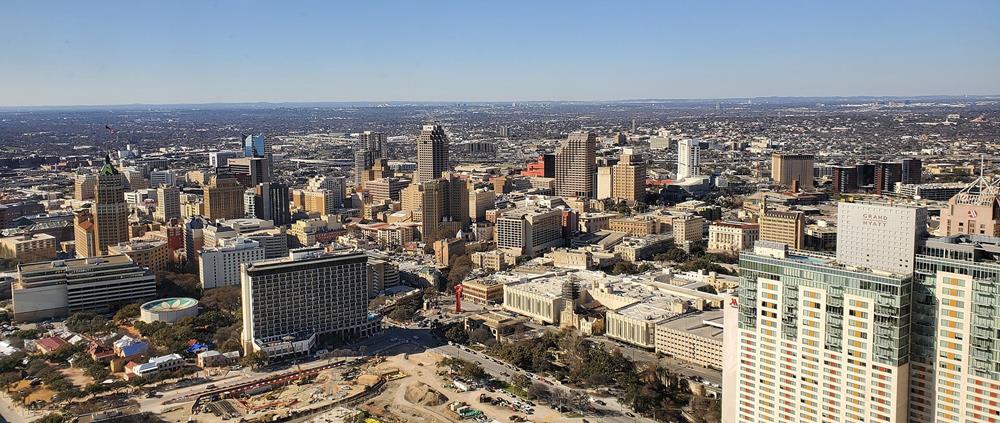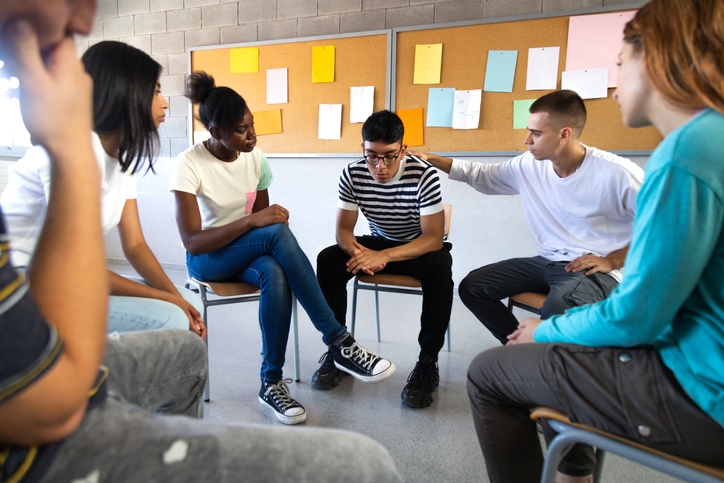What Drives Houston’s Diverse Identity

Houston's diverse identity stems from multiple waves of immigration since the late 20th century, transforming a primarily white city into one of America's most multicultural urban centers. You'll find economic opportunities in energy, healthcare, aerospace, and technology attracting global talent.
With over 145 languages spoken and more than 10,000 restaurants serving 70+ cuisines, the city offers a true global experience. This remarkable cultural tapestry continues to evolve as new communities find their home in Houston's welcoming landscape.
The Demographic Transformation of America's Most Diverse City
https://www.youtube.com/watch?v=JHhoZVUCWBY
How does a city evolve from a primarily white population to becoming America's most diverse metropolis? Houston's demographic transformation tells this remarkable story. In just four decades, the city's ethnic makeup shifted dramatically—Latino representation grew from 10.6% to around 44%, while the non-Hispanic white population declined from over 60% to roughly 25.6%.
This transformation emerged through waves of migration: Vietnamese refugees in the 1970s, followed by Latino immigrants in the 1980s, fundamentally reshaped Houston's cultural identity.
Today, this transformation is visible everywhere—from Hillcroft Avenue, where Indian restaurants neighbor Latino dance clubs and Middle Eastern bakeries, to Margaret Long Wisdom High School, where students from Central America, Mexico, and Africa communicate across multiple languages. Houston's evolution represents one of America's most significant demographic shifts of the past half-century.
A Global Tapestry: Houston's Multicultural Neighborhoods
Walking through Houston's neighborhoods feels like traversing continents without ever leaving city limits. You'll discover one of America's most diverse metropolitan areas, where Chinatown, Little India, and numerous cultural enclaves celebrate their traditions through local businesses, festivals, and cuisine.
Along Hillcroft Avenue, the city's cultural mosaic shines as ethnic eateries and markets cluster side by side. Immigrants from across the globe shop, dine, and build community in shared spaces that reflect Houston's inclusive values.
What makes Houston remarkable isn't just the diversity itself, but how these neighborhoods foster inclusivity and interconnection. The city's multicultural makeup demonstrates how diverse populations can thrive together, positioning Houston as a model global metropolis.
Economic Opportunities Attracting Worldwide Talent
View this post on Instagram
A culinary mosaic spreads across Houston's food scene, where over 10,000 restaurants offering more than 70 cuisines make the city one of the most dynamic food destinations in the nation. Tex-Mex dishes like fajitas and enchiladas have become cultural staples, while food trucks and fusion spots near institutions like Rice University showcase bold, globally inspired creations. Annual festivals such as the Houston Greek Festival or AsiaFest celebrate these culinary traditions, drawing crowds that reflect the city's diverse makeup. Houston's culinary schools and rising chefs reinforce its identity as a global food capital, where cultural boundaries are crossed with every bite. Houston's reputation as a welcoming city is grounded in decades of refugee resettlement. In 2019, it received over 22,000 refugees, accounting for about 20% of national arrivals, according to various migration studies. These newcomers quickly integrate into Houston's fabric—opening businesses, participating in cultural festivals, and contributing to the city's workforce. Resettlement agencies and nonprofits work diligently to assist their transition from displacement to stability. This openness isn't incidental—it's central to Houston's identity, reinforcing its role as an international gateway where newcomers are welcomed, supported, and celebrated. Houston's classrooms are microcosms of global society, where nearly one-third of students are English Language Learners. Schools embrace this diversity with dual-language immersion programs in Spanish, Mandarin, and Arabic. Programs also foster cross-cultural respect through community events and bilingual learning tools that help children like the Chiao and Ramos families retain and celebrate their cultural backgrounds. "Houston's schools represent the full spectrum of our international community," noted Stephen Klineberg, though challenges remain, including cultural teasing and under-resourced schools. Still, the city's education system reflects a deep commitment to inclusion, preparing future generations to lead in a globally connected world.The Linguistic Landscape: 145+ Languages Shaping Houston
Culinary Fusion: How Food Reflects Houston's Cultural Blend
From Refugees to Residents: Houston as a Welcoming Gateway
Education and Integration: Embracing Diversity in Houston Schools



